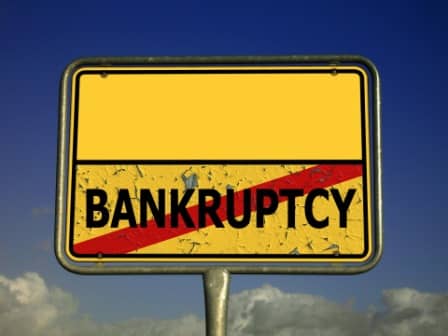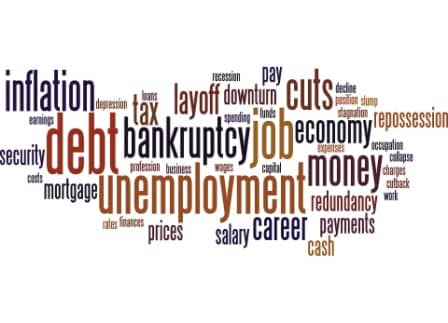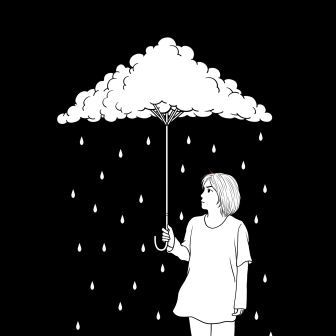Numerous Indian State Chief Ministers are preoccupied with inaugurations and image-building, paying little attention to public budgets. Politicians are not allowed to offer gifts in India. Possibly an ambitious goal to achieve a 3 trillion GDP at the expense of the general public. The majority of Indian states are heavily indebted. The main reasons could be because of corruption and gifts provided to buy votes and build governments. More imports than exports, weak company revenue, tax fraud, excessive government spending on ministers and officials, and high wages and benefits for government employees are all problems. Spending must be reduced in accordance with income.
All of our illnesses have corrupt systems as their underlying cause. We need to make several positive changes in uninteresting areas like education, health, law, and the judiciary, among others. Still, we can only do that if we can elect people who are honorable, decent, disciplined, and committed to serving society rather than using their positions of authority or wealth illegally. To stop today’s dirty Indian politics from becoming a business, we need a number of successful electoral reforms on top of electing such a government. Until then, however, crooked systems are blooming across our country, and things are getting worse.
Do all Indian states share the same economic crisis trajectory?

The Rajapaksa brothers, Gotabaya, and Mahinda took office in the Sri Lankan government in 2019. The government decided to choose short-term fixes, such as giving away things, to fulfill electoral promises and lessen the tax burden on the populace.
Even lower, at 19.9%, is the ratio of India’s external debt to GDP. This ratio is currently 128 percent in the US.
However, the RBI stated in a report from June 2022 that numerous states are showing alarming results, primarily as a result of populist actions.
Several Indian states are experiencing extreme economic strain.
In terms of the gross state domestic product (GSDP), Rajasthan, Punjab, and Tamil Nadu have the greatest revenue deficits at 3.64 percent, 2.64 percent, and 2 percent, respectively.
The RBI research also noted that the four states’ combined outstanding liabilities exceeded the national average of 32.1% in Punjab, Rajasthan, West Bengal, and Kerala. The state’s capacity to implement additional welfare measures is constrained by excessive debt.
The official data has also demonstrated how numerous states’ off-budget borrowings have soared since 2019. Telangana borrows 4.65 percent of its gross state product (GSDP) outside of its budget, which is higher than the 0.7% national average. The Indian government has capped off-budget borrowing at 3.5% of GSDP, or Rs 8.57 trillion, to stem the tide.
India as a whole might not be in danger at the moment, but the finances of certain states do. The unstable financial position brought on by populist policies in places like Telangana and Punjab may scare the administrators of those states.
Are 5 states taking India to debt trap?

The five states with the highest levels of stress are Bihar, Kerala, Punjab, Rajasthan, and West Bengal when all warning signals are taken into account.
As its predicted debt-to-GSDP ratio would exceed 45% in 2026–2027 and its fiscal situation will continue to deteriorate, Punjab is anticipated to stay in the worst situation. By 2026–2027, it is anticipated that Rajasthan, Kerala, and West Bengal will have debt-to-GSDP ratios higher than 35%. To stabilize their debt levels, these nations will need to take major remedial action.
The states with the greatest debt loads are found to be Punjab, Rajasthan, Kerala, West Bengal, Bihar, Andhra Pradesh, Jharkhand, Madhya Pradesh, Uttar Pradesh, and Haryana.
According to the report, these ten states spend about half of what the Indian state governments together spend. It said that some of these 10 states, including Madhya Pradesh, Punjab, and Kerala, have seen a decline in their tax collection over time, making them more financially susceptible. These states’ varying revenue expenditure shares in total expenditures range from 80 to 90%.
According to a study by the RBI, the combined losses of DISCOMs in the five states with the highest levels of debt—Bihar, Kerala, Punjab, Rajasthan, and West Bengal—accounted for 24.7% of all DISCOM losses in 2019–20, while their combined long-term debt represented 22.9% of all DISCOM debt.
The effects of tax spending on economic activity only last for approximately a year, despite improving welfare. Contrarily, the effect of capital expenditure is greater and lasts longer, with the peak effect appearing after two to three years, according to the study.










Very nice post. I definitely appreciate this site. Stick with it!